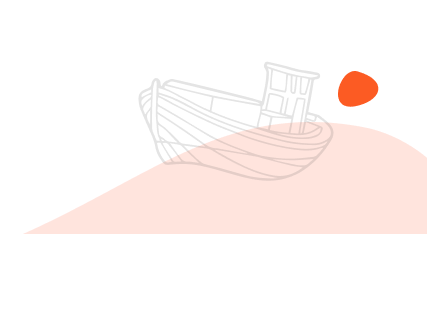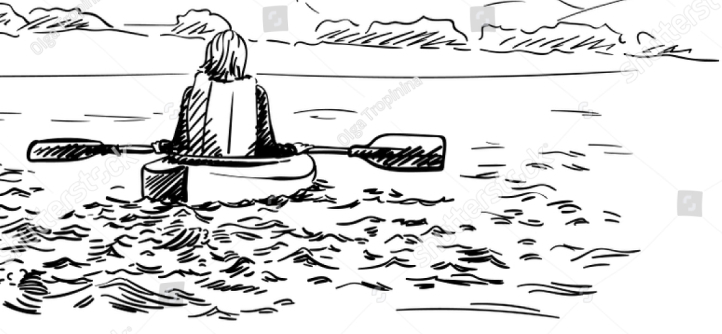2017 Oct eNewsletter – KASK
Hello From KASK
With the long holiday weekend coming many of us will be making the most of the relatively good forecast. For many paddlers it will be the first time on water after all the rain and bad weather we been having over winter. KASK, as part of the Safer Boating Week (October 13-20) are working with Maritime New Zealand and Safer Boating Forum partners to get the message out there to paddlers to stay safe over this weekend and the summer.

Wharf Jumps raising awareness for boating safety
Thank you to KASK paddlers Shelley Stuart and Lynn (Redz) Petterson for being a great sport over the weekend in Auckland and Sandy Winterton in Wellington for Safer Boating Week, reminding us again that PFD’s save lives and to always carry two means of communications!


The message to our paddlers is simple:
1. CHECK YOUR KAYAK / PFD / SPRAY SKIRTS / PADDLES
– Check the kayak rudder works (if you have one) and all the hatches are water tight and PFD still fits!
2. CHECK YOUR SAFETY GEAR
– If you carry your phone in a dry bag, check the seals. Make sure your PLB (if you have one) is registered with SAR. Make sure your VHF radio (if you have one) is working and the battery is still OK and does not drain too quickly.
3. KNOW WHAT TO DO WHEN THINGS GO WRONG
– Know the rules – to keep you safe when you are paddling next to other crafts
– Make sure you can do self-rescue or assisted rescue and have a risk management plan before you go out


Some of the soaking wharf jumpers in Auckland.
New Research from Maritime NZ
New research published today shows that the recreational boaties taking two waterproof ways to call for help all or most of the time dropped last year from 60 percent in the 2016 survey to 53 percent this year. This is a big concern especially given the most popular craft used by boaties are kayaks (32%). Kayakers are also the youngest group – 48 percent are aged 18 to 34 compared to 35 percent of people using power boats under six meters.

In recent years New Zealand paddlers have done a fantastic job of adopting to wearing PFD’s when going out on water. The latest statistics backs this up and shows PFD’s saves life. However, if you can’t call for help in an emergency / distress, you can’t be rescued. You really need both. Watch this TVNZ report from yesterday!!
A marine VHF radio is usually best and a PLB (personal locater beacon) is also highly recommended. If you are considering getting a VHF radio and nervous about using it, the coastguard boating education run an online VHF radio course which also include assessment and free registration of call sign for your kayak. I carry mine on all kayaking trips and it is great to know that you can communicate with other paddlers in your group as well as Coastguard and boaties in the area even when there is no cell signal.

PLB’s are great addition to your kit (if you have not got one already) – both for peace of mind and as part of the risk management plan when you do group paddles. Many paddlers carry both VHF radio AND PLB’s – PLB’s are great in that if you can deploy it easily and can use VHF radio to initiate a Pan Pan / May Day, the PLB will be useful to help SAR find out where you are: once you deploy my PLB, it gives SAR your exact position (via RCCNZ), a homing signal for the helicopter, and a strobe – minimizing the time to find you in the water.
There is a great article on what emergency comms you should carry by Paul Caffyn with contribution from Paul Hayward and John Kirk Anderson in the latest KASK magazine, New Zealand Sea Kayaker pages 16 and 17.
Kayakers neglect to check the weather!
Almost 30 percent seldom or never check marine weather forecasts before going on the water, and Maritime NZ and MetService want to get that number down. With all the tools out there, It doesn’t take much time, and it’s easy to do it before every trip. Boaties can get marine forecasts and updates on VHF radio, online and from the popular MetService Marine app – 30,000 people already use the app every month. More information about the MetService Marine and the MarineMate apps is at http://www.maritimenz.govt.nz/public/mobile-apps/.


The survey also suggested a proportion of respondents were unsure what ‘swell’ and ‘sea state’ means for the sea conditions they might face. Here are a couple of excellent posts on Metservice blog that is worth checking out:
- Understanding Metservice forecast:
- Swell and sea state explained in the context of weather forecast. http://blog.metservice.com/sea-state-and-swell
What does KASK stand for?

KASK is there to give voice to Kiwi paddlers and look out for their interests. Our bimonthly magazines have great articles and features aimed at recreational paddlers.
If you are a member and you have opted for printed copy of the magazine, you would have received a copy of the latest issue of New Zealand Sea Kayaker by now. If not, here is the latest soft copy of the magazine in compressed PDF format:
New Zealand Sea Kayaker – Issue 190.
Getting in Touch with KASK
Kiwi Association of Sea kayakers has an active committee. The contact details of the committee members can be found here. We are always open to your comments and input and feel free to contact me any time.
Happy paddling.
Tim Muhundan
President
Kiwi Association of Sea Kayakers
(021) 2767727
[email protected]
http://www.kask.org.nz



